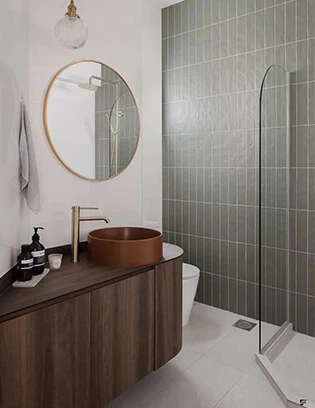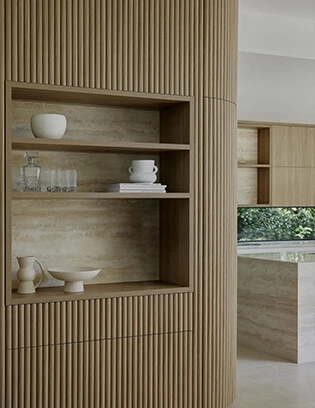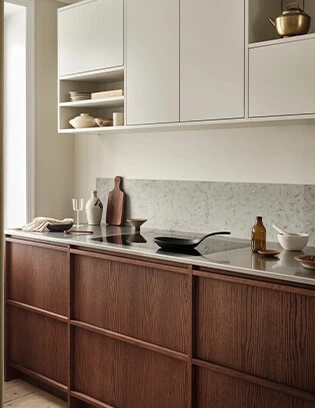5 Efficient Designs to Add to Your Kitchen Island
Amidst the trend of islands becoming the focal point of home kitchens, the functionality of the island, which is used daily, must be carefully considered for cooking to be efficient. Despite their modest size, islands can accommodate various functions. Everything from selecting countertops, auxiliary appliances, to the design of dimensions and workflows must meet the users' needs. Therefore, it is recommended to incorporate these user-friendly designs into island renovations to make the cooking process smoother and more comfortable. Here are five efficient designs for kitchen islands that you might want to consider:
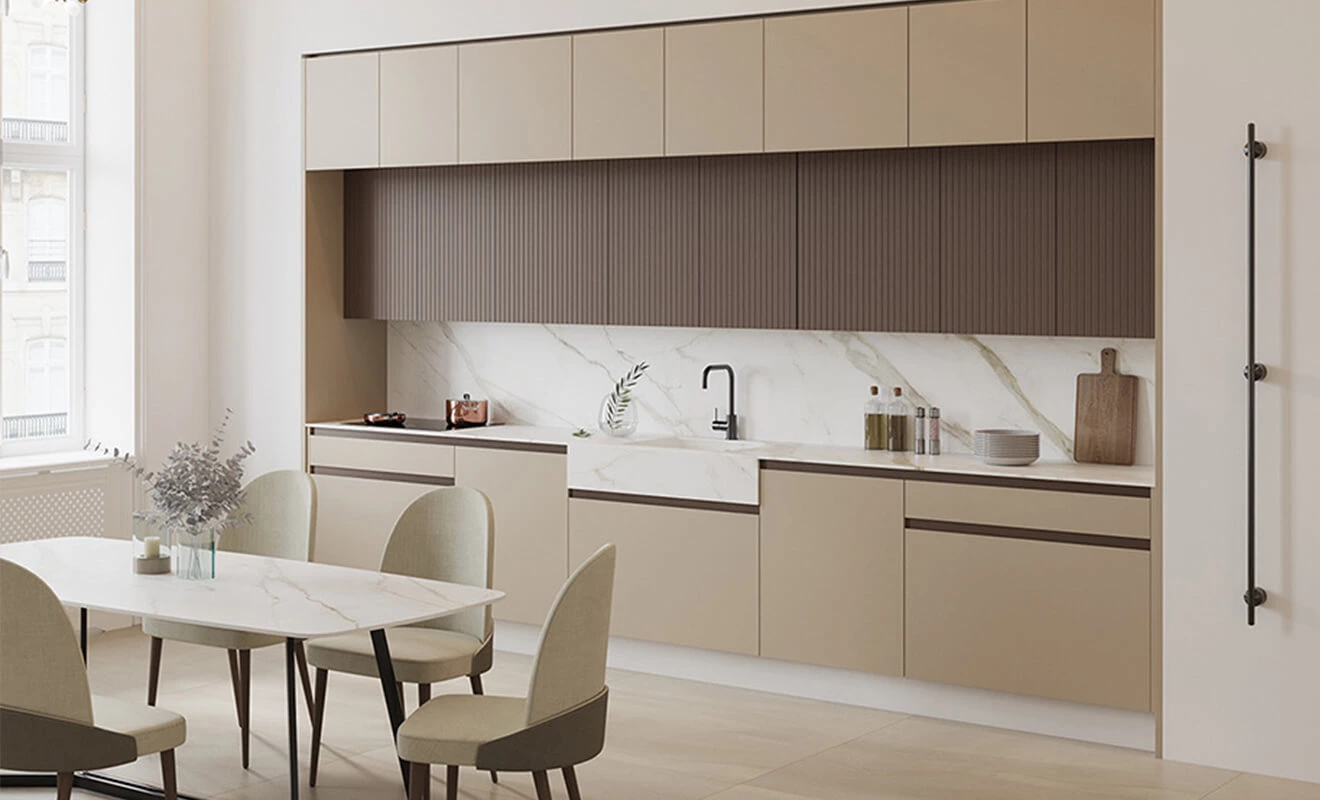
Island and Dining Table Combo
Extend the island into a dining table to create a seamless design and a shortened cooking and serving workflow, making things much easier. Besides dining, the table can also serve as an extension of the countertop, providing additional space for meal preparation when the countertop is occupied.
Typically, the island is used for standing while cooking, and the table is for sitting during meals. Therefore, to ensure comfortable use, the island's height is usually set between 80 to 90 centimeters, depending on the user's height. As for the table, it is lowered to 75 centimeters so that when seated, both legs can touch the ground without being too high.
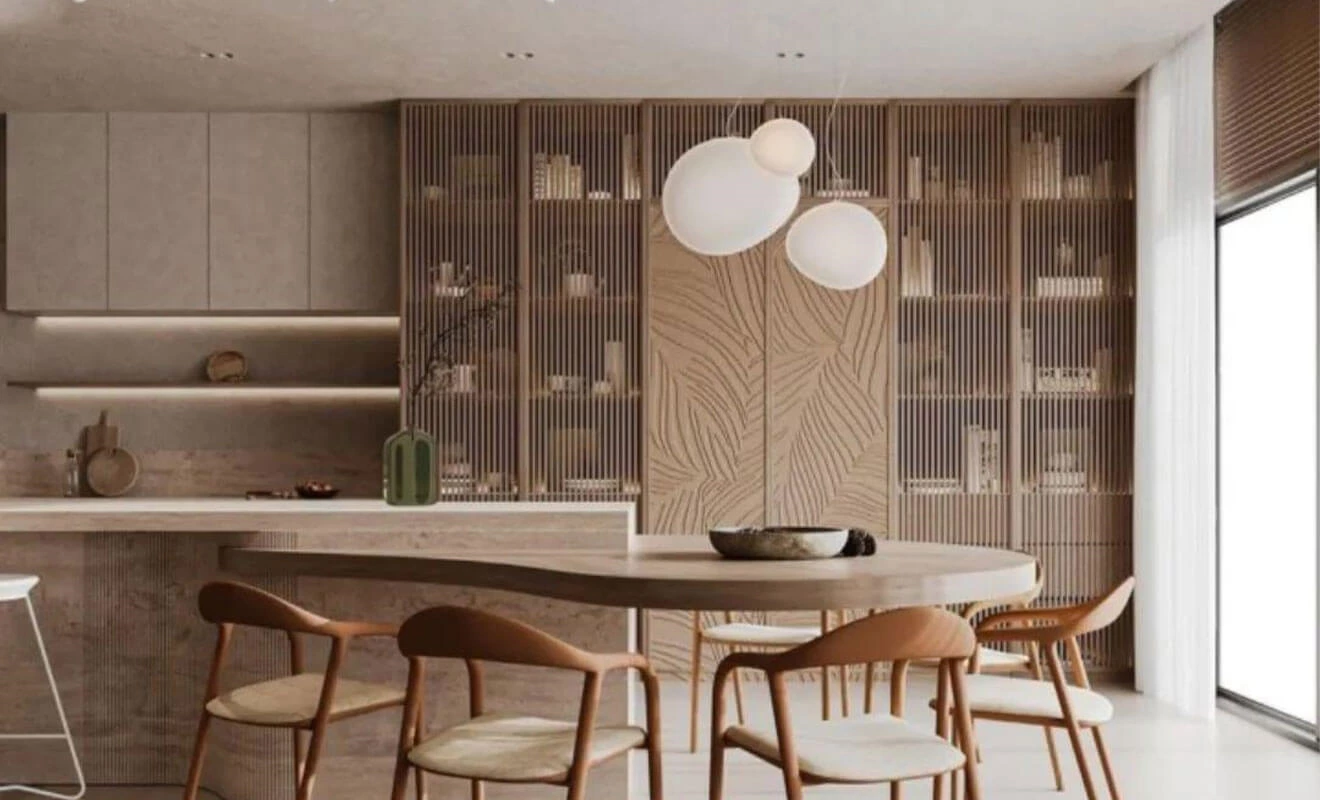
If you want the island to be the focal point of the space, consider extended island countertop, where the extra countertop space can be used as a dining area. After cooking on the island, you can simply turn around and place the dishes on the countertop without taking an extra step. It is generally recommended that the countertop depth be expanded to more than 1 meter to provide sufficient dining space. Since the island is taller than a typical dining table, bar stools are usually used for seating.
High-Low Island
When preparing ingredients or washing vegetables on the island, it's easy to create a mess that is visible to all. To conceal the cluttered countertop, consider using a high-low island design. By incorporating a high bar counter, the difference in height hides the countertop while also providing additional dining space.

Alternatively, you can raise the island's wall by 15 to 20 centimeters higher than the original countertop, making any mess on the countertop less visible. Additionally, the raised wall can be used for embedded storage, keeping various condiments organized. From every angle, the island effectively blocks the line of sight to provide a clutter-free look.
Built-in Kitchen Appliance
As an extension of the kitchen space, islands are ideal for accommodating built-in appliances such as dishwashers, ovens, wine coolers, and refrigerators. By concealing these appliances within the island, the space appears more streamlined. It also speeds up the cooking process, allowing everything from ingredient preparation to cooking and dishwashing to be completed within arm's reach.

Sink and Water Dispenser
Even if there is already a sink in the kitchen, it's advisable to add an additional sink to the island, along with a water dispenser. This allows you to wash your hands immediately upon entering the kitchen island, and you can enjoy drinking water directly from the island without having to walk to the kitchen interior, saving time and effort and making life more convenient.
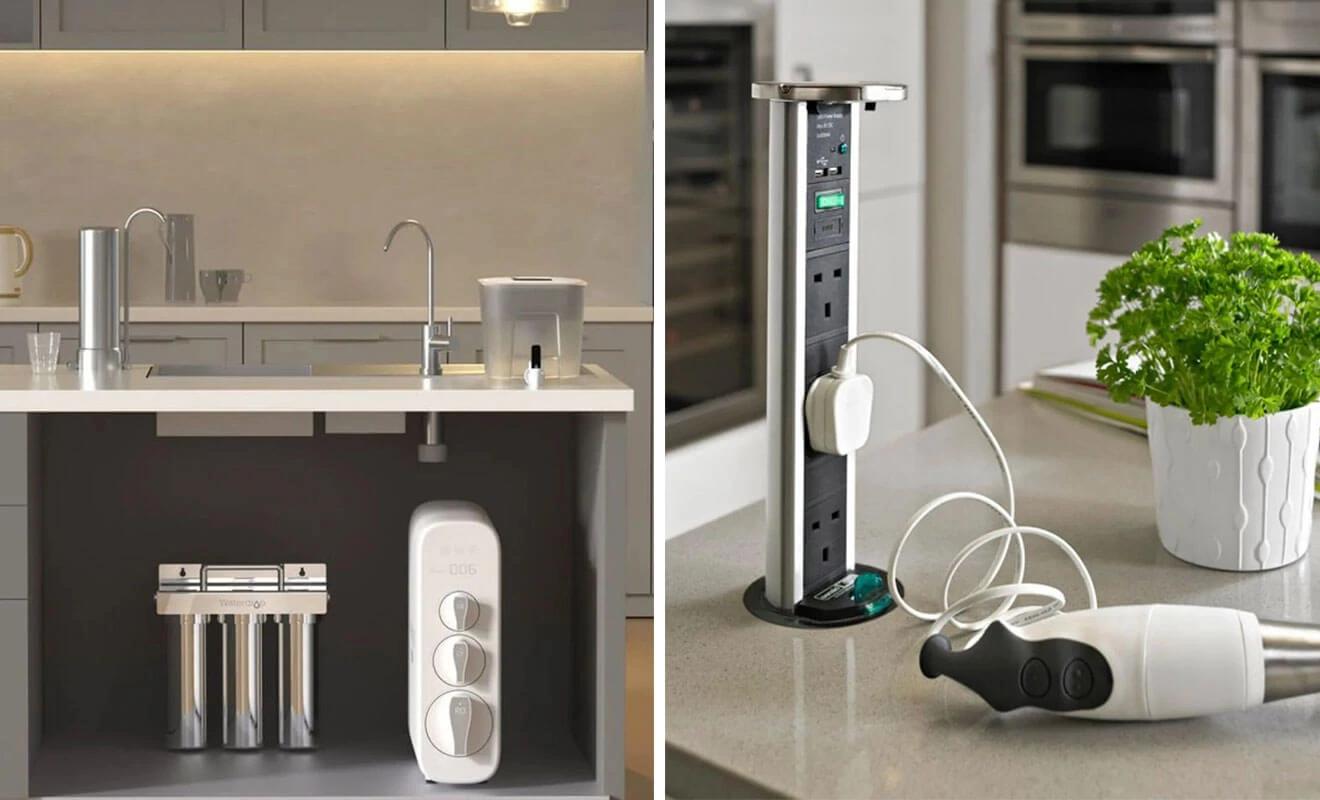
Concealed Power Outlet
Even if the kitchen appliances are already well arranged, it's important to reserve space for future expansion. It's recommended to have concealed power outlets on the island for potential needs. Whether you're cooking hot pot or making juice on the island, having easy access to power outlets is extremely convenient.Power outlets can be arranged on the side or top of the island, using designs such as flip covers, sliding covers, or pop-up outlets to conceal them, avoiding interference with daily use.
